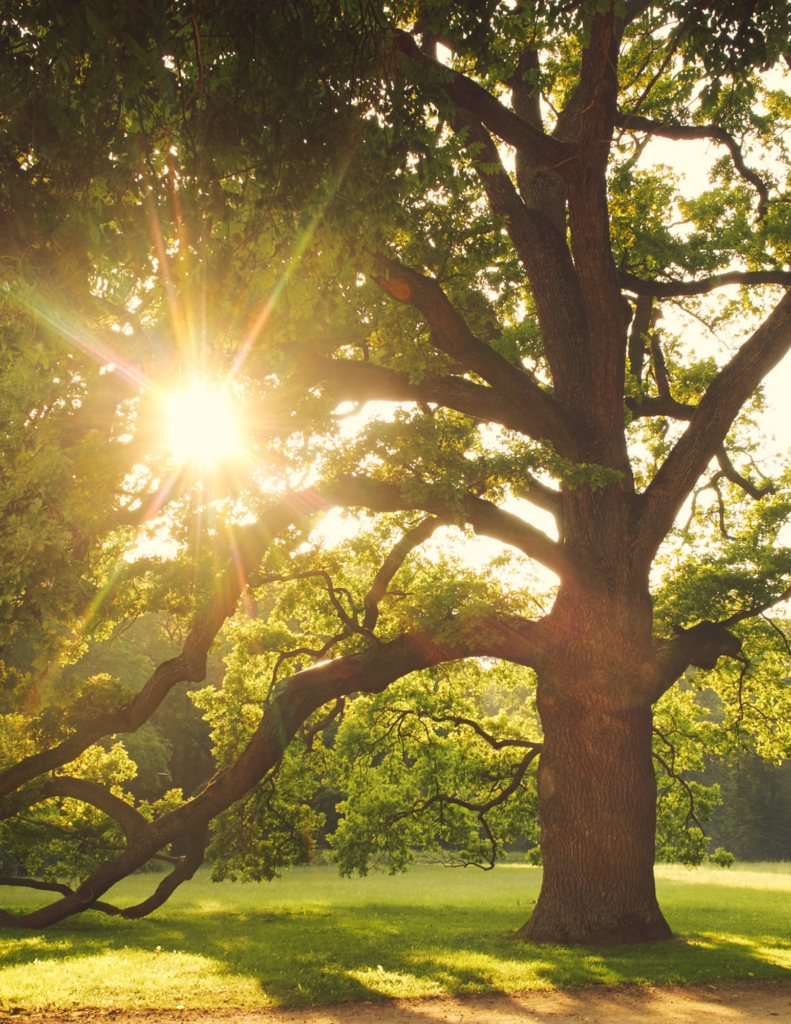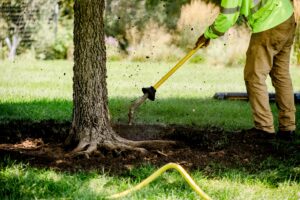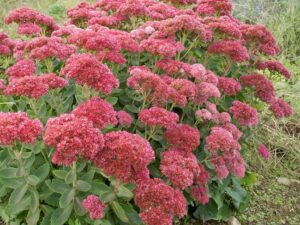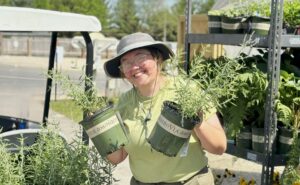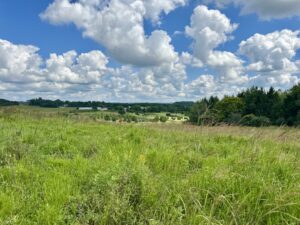
For many homeowners, trees are a cherished part of the landscape, providing shade, beauty, and even increased property value. But despite their apparent strength and permanence, trees are living organisms with complex needs and vulnerabilities. Just like any other part of your home, trees require periodic professional assessment to remain healthy and safe. This is where a certified arborist comes in.
The Hidden Needs of Your Trees
Most issues threatening tree health and safety are not easily visible to the untrained eye. Trees may look perfectly healthy on the outside, yet have internal decay, structural weaknesses, or early signs of disease that go unseen and overlooked unless assessed by a professional. Homeowners often wait until there’s a noticeable problem, such as a fallen limb or visible deadwood, to call for help, but by then, damage may already be done to property, or the tree is too far gone to be saved.
One critical reason to have a tree assessed now, during the growing season, is that many issues are only visible while the tree is in full leaf. Leaf discoloration, unusual patterns of defoliation, and subtle changes in canopy density can be early indicators of stress, disease, or pest infestations. These are things that might be missed in the dormant months.
Take oaks, for example. While you generally can’t prune them during the growing season due to the risk of spreading a deadly fungal disease called oak wilt, the summer is actually the ideal time for an arborist to evaluate them. A summer assessment allows the arborist to identify issues that would be invisible in winter: canopy thinning, leaf malformation, or early signs of borers and fungal problems. Based on that assessment, a plan can be made for appropriate winter pruning or treatment.
Why Trees Benefit From Expert Eyes
But it’s not just about oaks. All tree species benefit from regular, seasonal assessments. Arborists are trained to look for structural issues such as weak branch unions, co-dominant stems, or limbs that are growing too close to your home, roof, or power lines. They can identify which branches may pose a risk during wind or ice storms and determine the best way to manage them. Removing major deadwood, for instance, is not just about appearance; it’s about being proactive to safety and maintenance, rather than reactive.
A professional tree assessment can also help you understand how site conditions, like soil compaction, drainage, or nearby construction, may be affecting your trees. Trees often respond to environmental stress slowly, so catching problems early can make the difference between saving a valuable tree and having to remove it.
Be a Steward of Your Tree’s Health
Ultimately, a tree assessment is an act of stewardship. It’s about understanding the living elements of your property and caring for them in a way that ensures long-term health and safety. While it’s easy to overlook until something goes wrong, proactive care is far more effective, and often far less costly, than reactive fixes.
So, whether it’s an oak or a maple, a towering pine or a backyard fruit tree, now is the right time to schedule a professional assessment. It’s about protecting your landscape and ensuring the trees you love continue to thrive for years to come.
Recent Blog Posts

